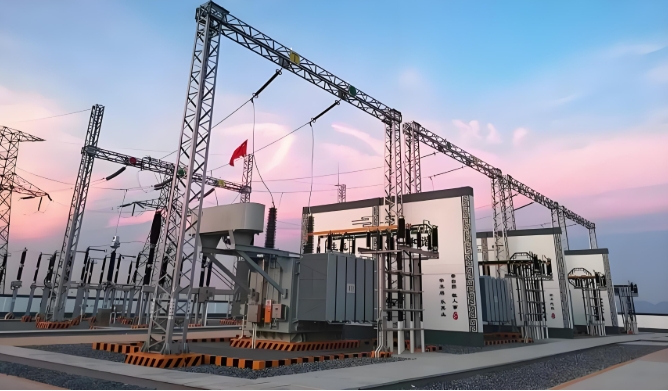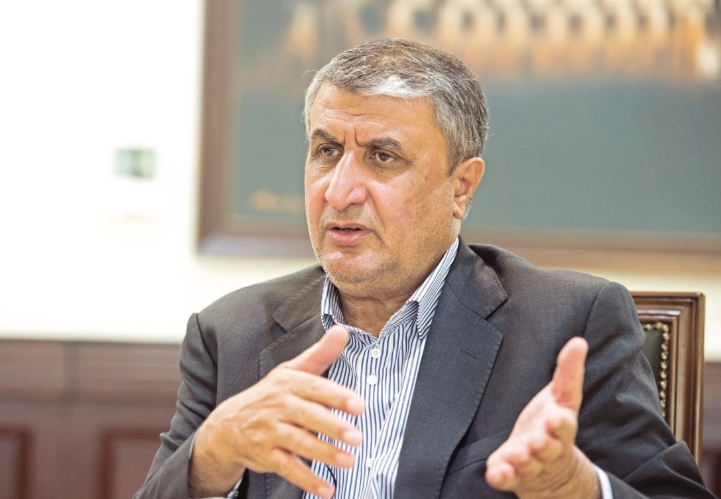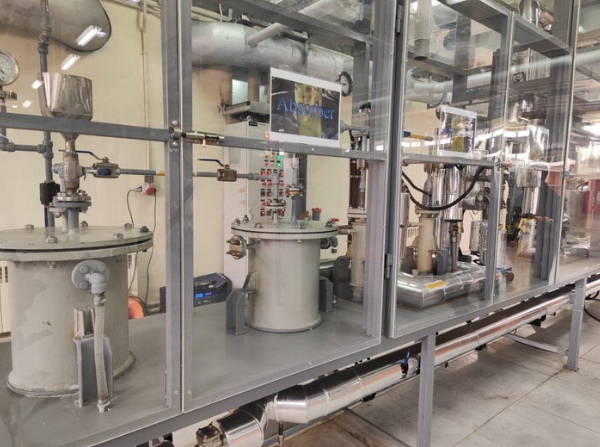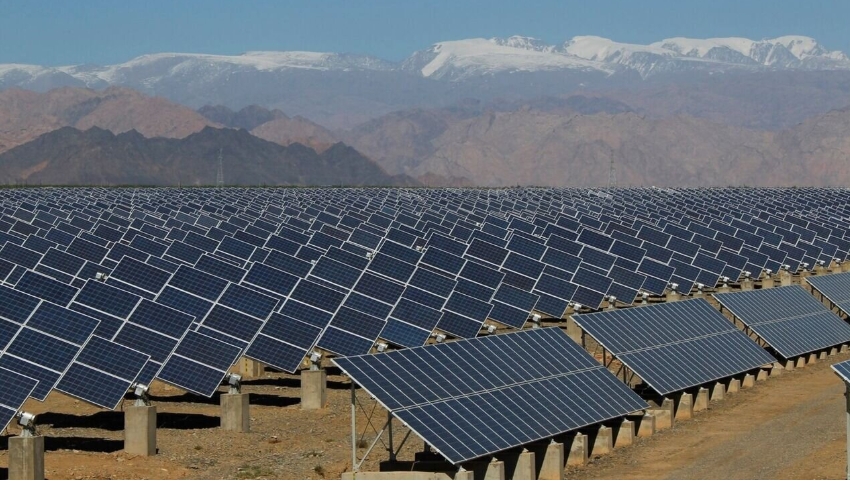The €150m power plant is being developed by Kilshane Energy, which is fronted by Northern Irish businessman Stuart Draffin.
It is designed to be a flexible peaking plant, acting as “back-up generation” for operating times of high electricity demand and low renewable electricity supply, in order to avoid power outages and ensuring security of electricity supply.
The power station is expected to operate for between 22 hours and 95 hours in a year, with an annual average operation time of 46 hours.
Kilshane Energy has been trying to secure permission for the project since 2021, when it first entered discussions with An Bord Pleanála regarding the proposed plant’s strategic infrastructure status. In 2022, the planning watchdog deemed the proposed power plant did not constitute a strategic infrastructure development.
Power plants below a 300MW threshold do not fall into the strategic infrastructure development net. That allowed Kilshane Energy to seek permission for the power plant directly from Fingal County Council.
The council approved the plans last year, subject to a number of conditions. However, that decision was appealed.
Eight observations had been received by the council.
They focused on issues such as the reliance on fossil fuels and carbon emissions, visual impact, the impact on human health, and other matters.
While the Government has a target of having 80pc of Ireland’s electricity being supplied from
Plans for a new 293MW power station in north Dublin have been approved by An Bord Pleanála despite objections from locals.
The €150m power plant is being developed by Kilshane Energy, which is fronted by Northern Irish businessman Stuart Draffin.
It is designed to be a flexible peaking plant, acting as “back-up generation” for operating times of high electricity demand and low renewable electricity supply, in order to avoid power outages and ensuring security of electricity supply.
The power station is expected to operate for between 22 hours and 95 hours in a year, with an annual average operation time of 46 hours.
Kilshane Energy has been trying to secure permission for the project since 2021, when it first entered discussions with An Bord Pleanála regarding the proposed plant’s strategic infrastructure status. In 2022, the planning watchdog deemed the proposed power plant did not constitute a strategic infrastructure development.
Power plants below a 300MW threshold do not fall into the strategic infrastructure development net. That allowed Kilshane Energy to seek permission for the power plant directly from Fingal County Council.

The council approved the plans last year, subject to a number of conditions. However, that decision was appealed.
Eight observations had been received by the council.
They focused on issues such as the reliance on fossil fuels and carbon emissions, visual impact, the impact on human health, and other matters.
While the Government has a target of having 80pc of Ireland’s electricity being supplied from renewable sources by 2030, it has also acknowledged that the development of new conventional power stations fuelled by gas or gas oil, are a “national priority” in order to facilitate the energy transition to renewables.
The National Security Framework published by the Government in 2022 echoed that requirement.
“The level of dispatchable electricity generation capacity (capacity that does not rely on wind or solar energy) needs to increase significantly over the coming years due to the reduced reliability of existing plants, anticipated new power stations not being developed as planned, expected strong growth in demand for electricity, and the closure of existing generation,” it noted.
While An Bord Pleanála’s planning inspector noted that concerns had been raised in relation to the reliance on gas rather than other forms of energy production, they said there is a “clear national planning policy framework” that seeks to support the development of new conventional energy generation in order to ensure security of supply.
“The Climate Action Plan is specific that it supports at least 2GW of new flexible gas-fired generation and expanding the gas network to accommodate 2GW of new gas-fired generation,” the inspector noted.
The Government aims to have 7GW of installed offshore wind energy farms by 2030 and 37GW by 2050.
Last year, Kilshane Energy twice abandoned plans to build a €150m gas-fired power station in Co Limerick at a rural location that is a former quarry. There was significant local opposition to the plan.
Kilshane Energy initially pulled the plans earlier in 2023, but then resubmitted the power plant proposal, only to scrap it again last autumn.







